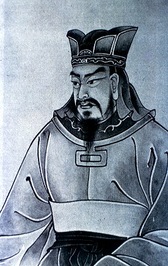| HUMAN INTERFACE |
|
"Why futz with rules? Why not just get it done?"
-Frederick Barthelme |
|
"There is a thin line between genius and insanity. I have erased this line."
- Oscar Levant |

"It is essential for victory that generals are unconstrained by their leaders." - The Art Of War by Sun Tzu |
| PRINTING AND PAPER LOGS, Computer RECORDS |
| VISION and MONITORS |
| SPEECH and SOUNDS |

|